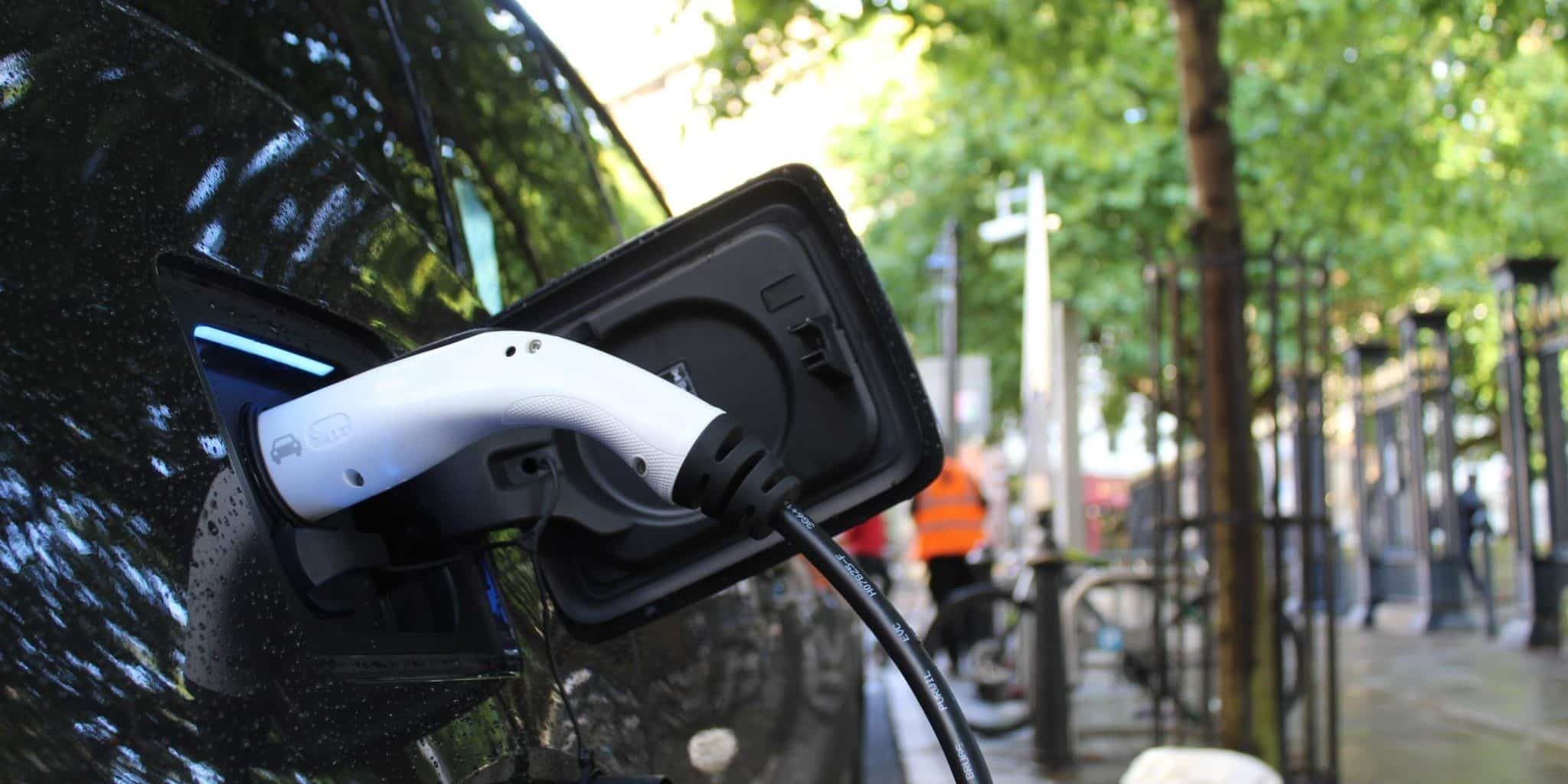Study supports increased rollout of electric vehicle public charging points to meet huge growth in demand

An almost six-fold increase in public electric vehicle charging points is required by 2025 to support the projected increase in electric vehicle (EV) uptake in eastern and central England, according to a new report.
A new mapping tool and report from Transport East and England’s Economic Heartland demonstrates the amount of charging points required to support this growth in EVs.
22,400 public EV charging points will be required by 2025 – a massive increase from the just over 4,000 currently available.
Government has committed to only net-zero cars being sold by 2035. The mapping tool shows the areas where EV take up is likely to be highest and fastest. In just three years it is predicted there could be more than half a million EVs in an area that includes East Anglia, Northamptonshire, Oxfordshire and Swindon, up from around 190,000 on the road today.
What do the reports highlight?
The reports show local authorities are committed to meeting regional and national net-zero ambitions. They also recognise the investment government and the private sector has already put into EV charging has made a difference but is clear infrastructure needs further funding support to meet projected EV ownership levels.
Local authorities are responsible for developing EV strategies for their area. The mapping tool will help authorities understand local EV usage, plan and bid for investment, and monitor the roll-out of new charging infrastructure.
Many EV owners have a charge point at home or at their place of work – low levels of public charging points are a factor contributing to the reluctancy of people buying an EV. Local authorities have good assets, such as car parks and should work with the private sector to maximise the opportunities, including for income generation.
Local authorities should also ensure EV charging infrastructure is balanced across rural, urban and high traffic routes and make sure rural areas do not miss out because they are less commercially attractive.
What are the projected numbers of EV’s owned and charging points available?
Using government data from early 2022 to provide baseline figures, the study projects a lower and higher uptake of EVs, and the number of charging points required to support these two scenarios:
| Transport East Region | England’s Economic Heartland Region | |||
| EVs Owned | Charging Points | EVs Owned | Charging Points | |
| 2022 | 30,200 | 1,037 | 155,000 | 3,000 |
| 2025 | 164,000 – 280,000 | 7,400 – 11,600 | 343,000 – 519,000 | 15,000 – 21,500 |
| 2030 | 615,000 – 1,053,000 | 14,800 – 24,800 | 1,105,000 – 1,690,000 | 26,300 – 39,700 |
| 2040 | 1,983,000 – 2,360,000 | 47,00 – 55,600 | 2,929,000 – 3,358,000 | 69,300 – 79,000 |
Cllr Kevin Bentley, Chair of Transport East, said;
“Within the Transport East region, transport is responsible for 42% of the region’s carbon emissions which is well above the national average of 28%. Areas of our region are also highly car-dependent. If we are to reach our net zero targets, then we need to accelerate the roll out of EV chargers.”
“These reports and tool provide local authorities with valuable insight into projected EV usage and how we can work more effectively with the EV industry to create a thriving greener, cleaner region. We call on all those involved in planning, delivering and funding EV charging infrastructure to use these new tools to work more collaboratively and speed delivery.
Transport East’s Chief Executive Andrew Summers also outlines the current EV situation in the East and how our work will support the projected uptake of EV ownership.
